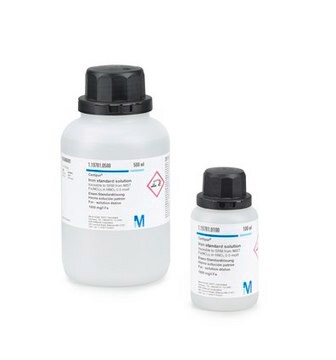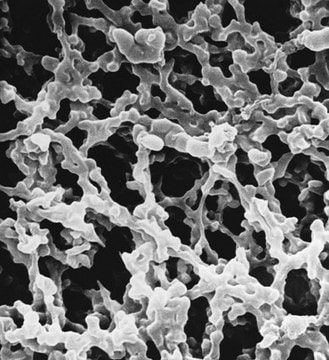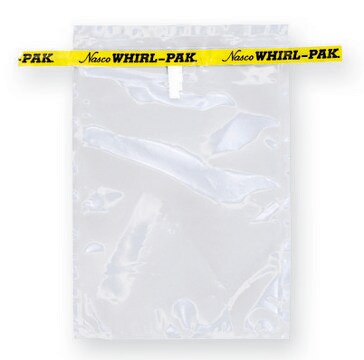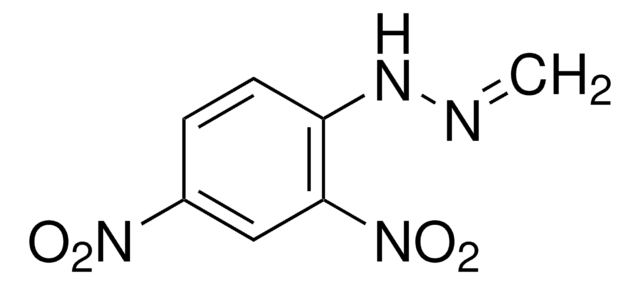1.50631
Purospher® STAR Phenyl (3 µm)
L × I.D. 150 mm x 3 mm Hibar® RT HPLC column
Synonim(y):
Purospher® STAR Phenyl, 3µm Hibar® RT 150-3
About This Item
Polecane produkty
Materiały
stainless steel column
Poziom jakości
agency
suitable for USP L11
linia produktu
Purospher®
Właściwości
endcapped: no
opakowanie
1 ea of
zakres etykietowania
12.5% Carbon loading
Parametry
400 bar pressure
65 °C max. temp.
metody
HPLC: suitable
LC/MS: suitable
mass spectrometry (MS): suitable (High)
kolumna dł. × śr. wewn.
15 cm × 3 mm
powierzchnia
330 m2/g
macierz
fully porous particle
grupa aktywna macierzy
Phenyl bonding phase
wielkość cząstki
3 μm
wielkość porów
120 Å pore size
operating pH range
1.5-10.5
metoda separacji
reversed phase
supercritical fluid (SFC)
temp. przechowywania
no temp limit
Opis ogólny
Zastosowanie
Cechy i korzyści
- Ultra-pure silica (99.999%) for excellent peak symmetry
- High separation efficiency
- Enhanced selectivity for aromatic compounds
- Suitable for use with highly aqueous mobile phases
- Good suitability for LC-MS applications
Informacje prawne
Certyfikaty analizy (CoA)
Poszukaj Certyfikaty analizy (CoA), wpisując numer partii/serii produktów. Numery serii i partii można znaleźć na etykiecie produktu po słowach „seria” lub „partia”.
Masz już ten produkt?
Dokumenty związane z niedawno zakupionymi produktami zostały zamieszczone w Bibliotece dokumentów.
Powiązane treści
Small molecules are ions and compounds of molecular weight typically less than 900 daltons. These compounds can be effectively separated and analyzed by HPLC, UHPLC and LC-MS using mainly silica particles or monolithic stationary phases with a broad range of column chemistries (modifications).
Małe cząsteczki to jony i związki o masie cząsteczkowej zazwyczaj mniejszej niż 900 daltonów. Związki te mogą być skutecznie rozdzielane i analizowane za pomocą HPLC, UHPLC i LC-MS przy użyciu głównie cząstek krzemionki lub monolitycznych faz stacjonarnych z szerokim zakresem chemii kolumn (modyfikacje).
Małe cząsteczki to jony i związki o masie cząsteczkowej zazwyczaj mniejszej niż 900 daltonów. Związki te mogą być skutecznie rozdzielane i analizowane za pomocą HPLC, UHPLC i LC-MS przy użyciu głównie cząstek krzemionki lub monolitycznych faz stacjonarnych z szerokim zakresem chemii kolumn (modyfikacje).
Nasz zespół naukowców ma doświadczenie we wszystkich obszarach badań, w tym w naukach przyrodniczych, materiałoznawstwie, syntezie chemicznej, chromatografii, analityce i wielu innych dziedzinach.
Skontaktuj się z zespołem ds. pomocy technicznej





